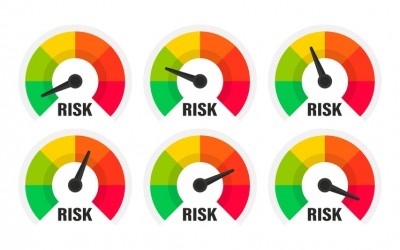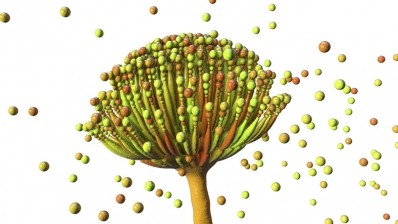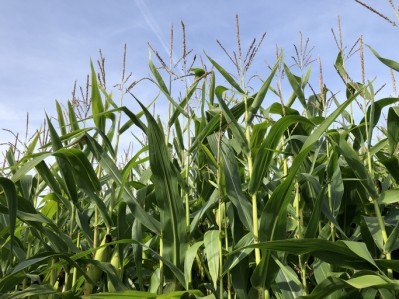Exclusive: Guest article
EU feed industry outlook for 2021

I think we are all hoping that 2021 will bring some normality back into our personal and business lives. I fear, however, that the market outlook for 2021 is far from positive.
FEFAC expects that the market conditions for all major animal production sectors will remain tough for the coming period. Countries with African Swine Fever (ASF) outbreaks see their pig meat export markets closed; there is a lack of short-term perspective for the re-opening of the hotel, restaurant and catering (HORECA) sector in many countries and tourism is still largely ‘banned’. And then there are uncertainties like Brexit and Avian Influenza (AI).
On the feed supply side, we are also experiencing a fragile situation in terms of availability of certain feed additives, reduced supplies of co-products such as rapeseed and sunflower meal and prices on global agricultural markets moving in an upward trajectory.
Sustainability pressure on sector looms large
At the same time, we have to deal with increasing sustainability requirements, not in the least driven by the EU Farm to Fork Strategy, which will bring forward the first legislative proposals in the coming year. In the second quarter of 2021, we know we can expect an EU legislative proposal with measures to tackle embedded deforestation.
FEFAC will publish its upgraded Soy Sourcing Guidelines (SSGs) in the first week of February 2021, which will facilitate the possibility for (feed) operators to source ‘conversion-free soy’ beyond compliance with national legislation in exporting countries. The pressure the feed industry is facing in many markets in Europe to assure that the use of soy does not drive any conversion of natural eco-systems is extremely high. I hope that the SSGs 2021 will boost the credibility of ‘responsibly produced soy’, as I know there are downstream partners who have lost faith in certification and are finding it increasingly difficult to keep soy as part of their sustainability strategies from a marketing perspective.
The EU Commission will put forward a legislative proposal in Q2 2021 that will outline the requirements for using the Product Environmental Footprint (PEF) method when green claims are made, in all economic sectors. FEFAC will continue to advocate for the PEFCR Feed for Food-Producing-Animals to be the key reference methodology when LCA-based information is communicated by feed operators to livestock farmers. The GFLI Database is now formally launched and will be further rolled out in 2021. In June 2021, FEFAC will publish its first Annual Progress Report following the release of the FEFAC Feed Sustainability Charter 2030 in September 2020.
Feed additives legislation
A proposal for a new feed additives legislation is expected in Q4 2021. This initiative, emphasized in the EU farm To Fork strategy, aims at facilitating market access to innovative feed additives supporting, in particular, the goal of reducing the environmental impact of livestock farming. [The EU Commission’s impact assessment on the EU feed additives legislation can be read here],
Beyond this objective, a key challenge for the decision makers will be to keep suppliers of feed additives, especially generic ones, motivated to apply, not only for authorization of new substances, but also for renewal of authorization of existing feed additives.
Mycotoxin control
Another important question for 2021 will be the evolution of the legal standards for mycotoxins in feed: occurrence of mycotoxins in cereals in Europe and beyond is clearly on the increase, and many of the tools available to farmers to control mycotoxins are actually threatened by the EU Farm to Fork strategy.
Plant breeding techniques
In this sense, the ability of farmers to get access to improved plant breeds is of extreme importance and the other critical milestone we anticipate in 2021 will be publication by the EU Commission of its report on new genomic techniques; that publication should inform the debate around regulation in relation to plant breeding innovation in the EU.















